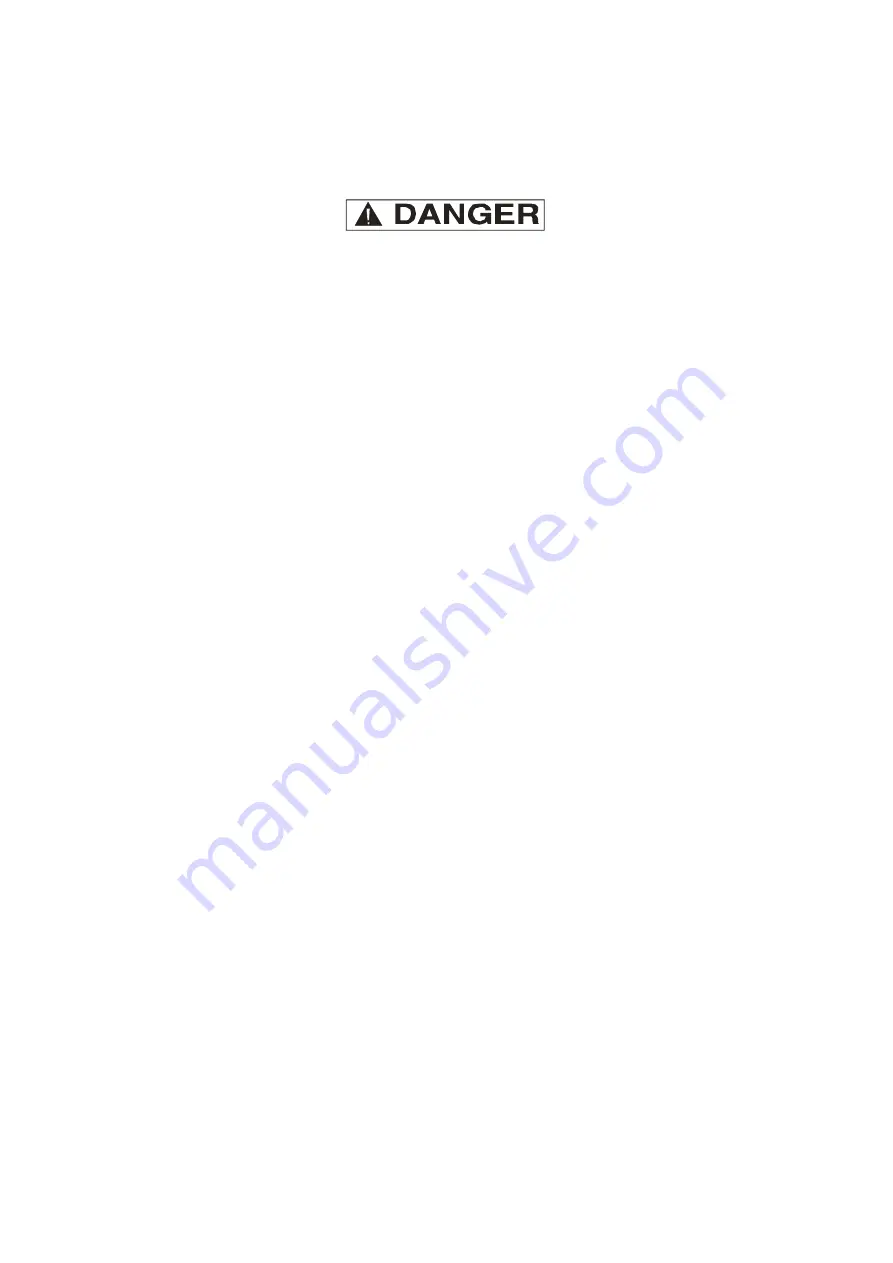
2021 Owner’s Manual Navigator24
BRIG ltd
55
3. Do not operate the engine for an extended period of time with the suntop in the upright and installed position.
The “station wagon effect” or back drafting can cause CO gas to accumulate inside the cabin, cockpit/hardtop or bridge
areas when the boat is under way, using protective weather coverings (canvas), high bow angle, improper or heavy
loading, slow speeds, or at rest. This can occur when traveling behind another boat.
4. Do have the engine exhaust system inspected when the boat is in for service.
5. Persons sleeping can easily be overcome by carbon monoxide without realizing it. Do not sleep on board while
an engine or generator is running close-by.
6. Do not operate your vessel for extended periods with the bow up in slow cruise conditions especially close
behind a vessel being towed or one operating at slow speeds.
CARBON MONOXIDE (CO) IS A TASTELESS, ODORLESS AND INVISIBLE GAS THAT CAN CAUSE DISCOMFORT,
SEVERE ILLNESS, AND EVEN DEATH. EXERCISE CAUTION WHILE OPERATING ENGINE(S) IN CONFINED
SPACES OR AT DOCK SIDE. DO NOT ALLOW HULL EXHAUST OUTLETS TO BECOME BLOCKED OR EXHAUST
FUMES CAN BECOME TRAPPED IN AND AROUND THE CONFINES OF YOUR BOAT.
When cruising, stay clear of fisherman. They may have lines or nets out which might be cut or get caught in your
propeller if you come too close. Slow down when approaching fishing boats. Do not return to cruising speed until the
boats have been passed. If a fishing boat should be anchored, a large wake could flip or swamp the boat, upset fishing
gear, pull the anchor loose from the bottom or worse yet cause someone to fall overboard.
When fishing from your boat, never anchor in a shipping channel or tie up to any navigational aid. These must be
kept clear of at all times. Be sure to carry a local chart of the area to back up your plotter and be on the lookout for
shallow water and hidden obstructions. Many times local conditions change and there is a time lag on the plotter chip
until the next revision. Pick up a tidal chart if appropriate so you do not end up grounded.
The Navigation Rules set forth actions to be followed by boats to avoid collision. There are two main parts
referred to as the inland and international rules. The inland rules apply to vessels operating inside the boundaries of your
region. The international rules (referred to as 72 COLREGS) apply to vessels operating on the high seas and all
connected waters outside the established demarcation boundaries. Most navigational charts show the demarcation lines
by red dotted lines and are published in the navigation rules. Remember to consult with local agencies since areas such
as “no wake zones,” swimming beaches, “diver down flag” and inland landlocked lakes fall under their responsibilities.



































